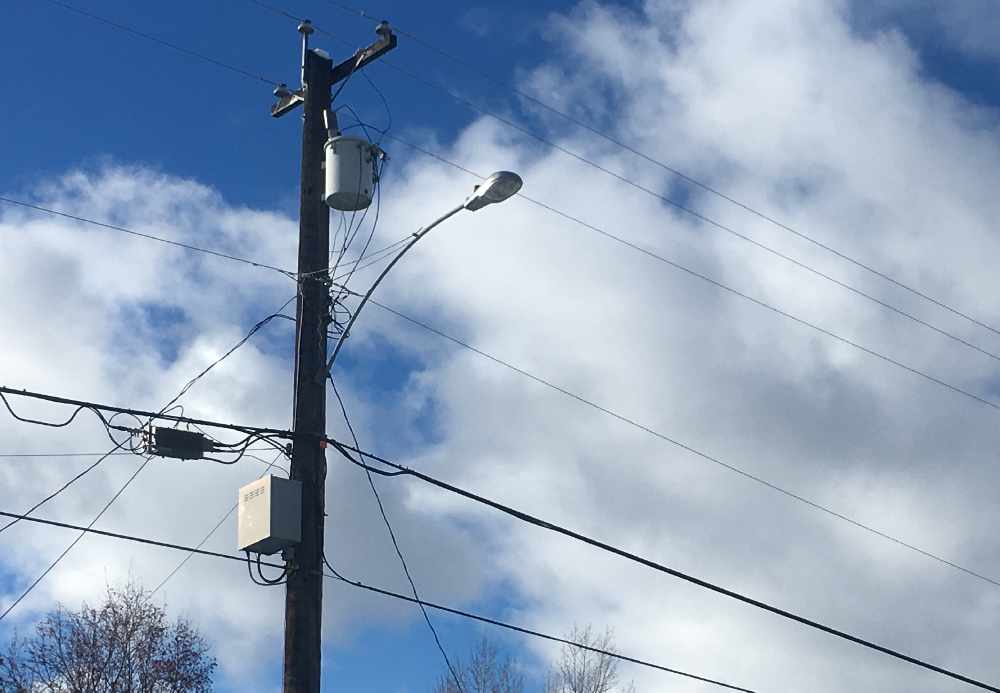BC Hydro says customers should be prepared for power outages, as trees weakened by drought, in combination with stormy weather may result in more blackouts in the fall and winter.
Record-breaking summer temperatures in most parts of B.C. and severe droughts across the province led to weaker root systems, wood and soil. These conditions make trees more likely to fail, and possibly damage power infrastructure.
Forecasts are predicting La Niña weather conditions this year, which could put further stress on trees and infrastructure.
“This means we will have colder, wetter and windier weather. That is not a great combination when it comes to outages, with dead trees and windy weather,” said Sally MacDonald, community relations official with BC Hydro. “We’re doing everything we can to prepare for that by increasing our vegetation maintenance and by improving our outage restoration time.”
Previously, BC Hydro’s most damaging storms followed a drought in 2015, and another in 2018 when unseasonably heavy rain impacted service.
BC Hydro officials said the 2015 summer storm alone caused more than 710,000 outages and lasted multiple days.
However, MacDonald said BC Hydro has responded to more storms per year.
“We’ve seen a 117% increase in storms since 2014. So in 2014, there were 52 storms that we responded to, and over the past three years, it’s been an average of 113 per year,” explained MacDonald. “Each year, there are about a million outages connected to storms in all of B.C.”
Power company staff said the duration of power outages has gone down in recent years and power is restored within a few hours in most cases.
MacDonald said residents should be prepared in case a longer outage happens in the fall and winter.
“The most important thing is to have an emergency kit that includes things like a flashlight with extra batteries, a first-aid kit and make sure you have non-perishable food and water at home,” said MacDonald.




